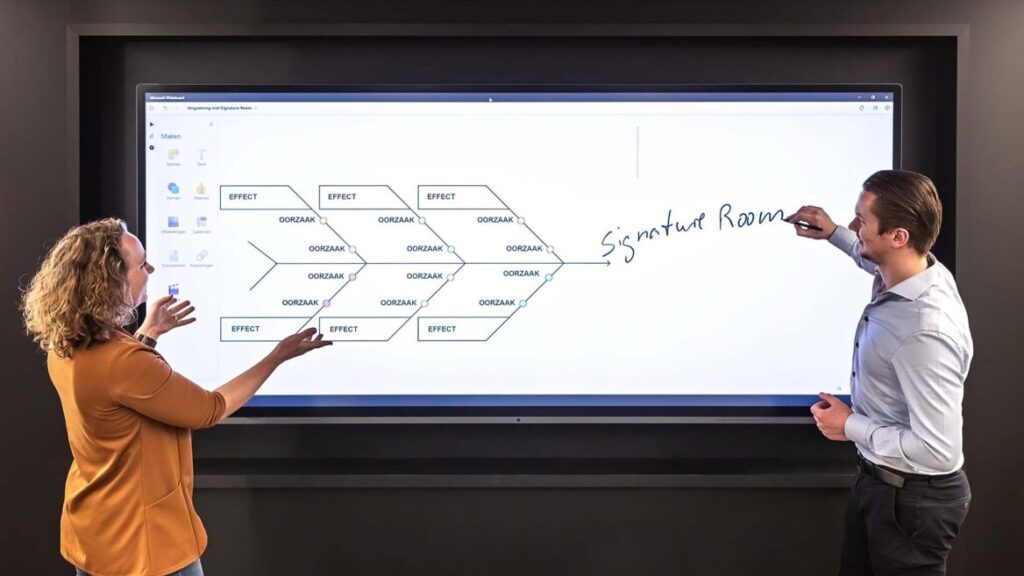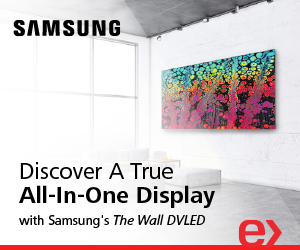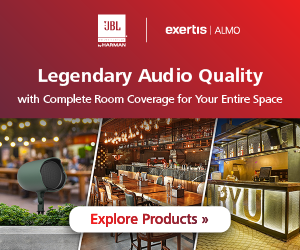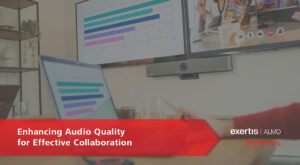What is TAA?
What is TAA compliance, and why do I keep getting asked for it?
Suppose you were like me ten years ago, when I started my new journey selling in the government sector. You may keep hearing terms like TAA (Trade Agreements Act), COO (Country of Origin), DPAS (Defense Priorities and Allocation System), SLED (State, Local, Education), Federal buying season (which starts around August and runs until September 30th), and the dreaded EOD (End of December).
The last one is a joke. I’m sorry that you had to hear that, but the dad in me can’t let those slide.
So, what is TAA?
TAA, or Trade Agreement Act, is a government program that restricts the procurement of goods and services from non-designated countries that do not conform to what the United States regards as a reliable or acceptable procurement source. To simplify it, countries that may not have the best relationship with our government would benefit from our information. There are some exceptions to that. China and Russia are two examples of countries not part of the Trade Agreement Act.
So why do we keep getting asked for TAA?
Knowing the above and thinking more deeply about the situation, it is to keep our government safe from foreign countries that don’t have our best interest in mind. An example would be if we were selling displays to the FBI and a non-TAA-compliant country found the end user, they could tamper with the processors and Wi-Fi module inside and hack any information that may be shared during a debriefing. You may be asked more in-depth product questions than the simple, “Is it TAA?” They may ask for no Wi-Fi, or maybe, no USB ports. These are requirements for a secure device, and taking these precautions serve as bigger steps to prevent the example above from happening.
 Is Country of Origin (COO) the same as TAA Compliance?
Is Country of Origin (COO) the same as TAA Compliance?
The short answer is, No. COO can be mended in a couple of different ways, which is why it’s important to make sure our manufacturers are stating TAA-Compliance on the product. Here’s a quick example of why this is important. In 2013, the U.S. Customs and Border Protection (CBP) found that a company was building Ethernet Switches in Malaysia (a non-TAA Compliant country) and the product was being shipped to Singapore (a TAA compliant country) and had the US-based software downloaded while in Singapore. Under the agreement act, this would not count as building or programming the device which would make the COO Malaysia and not Singapore.
As salespeople, it’s our job to help ensure we try to meet these requirements when asked. My hope is, next time you are asked the simple question, “Is this TAA?” you can look at it a little differently and with a better understanding.


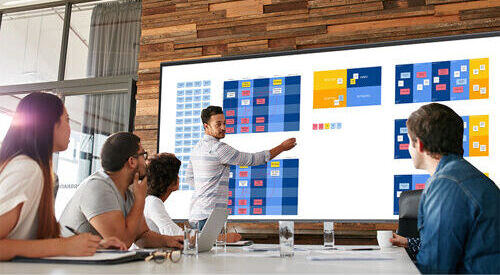 Now, suddenly, we are running out of ceiling height to get into that sweet spot of a comfortable viewing angle for our audience. That 110-inch display you just ordered might not allow you to get 48 inches above the finished floor, which means we might have unusable content space when a conference table is in the way or for someone in the back row. An easy fix would be running a 2×1 display wall and using your 55-inch or 65-inch displays to show your desired content. Now, we don’t have the ease or clean aesthetic of one display in your conference room. That is where *shameless plug* something like the Avocor 105-inch 21:9 displays comes into place.
Now, suddenly, we are running out of ceiling height to get into that sweet spot of a comfortable viewing angle for our audience. That 110-inch display you just ordered might not allow you to get 48 inches above the finished floor, which means we might have unusable content space when a conference table is in the way or for someone in the back row. An easy fix would be running a 2×1 display wall and using your 55-inch or 65-inch displays to show your desired content. Now, we don’t have the ease or clean aesthetic of one display in your conference room. That is where *shameless plug* something like the Avocor 105-inch 21:9 displays comes into place.